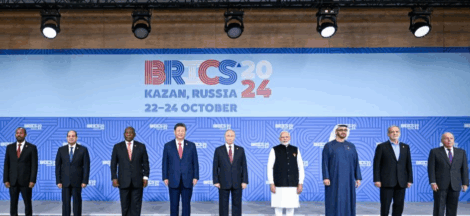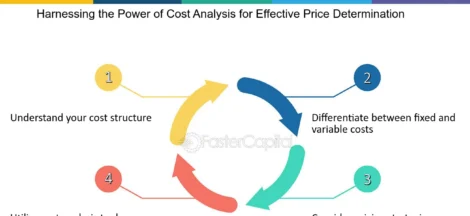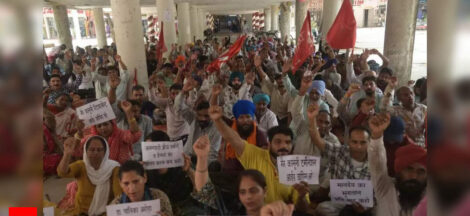With the country’s consumer price inflation rate hovering around 3.20 percent in the last two years, the Reserve Bank of India’s latest decision to cut the bank rate by 50 basis points, the third consecutive reduction since February this year, may be understandable. However, it seems to have come at the wrong time. India’s economy is in the midst of the usual annual lean season session, from April to September. The prices of agri-products are shooting up.
The rate cut is unlikely to stimulate borrowing and investment during the current hot summer season, followed by regular monsoon. It never did. Even the RBI does not expect the growth estimate to increase beyond the last year’s level of around 6.4 percent. The decision may unsettle the banking industry’s fixed deposit mobilisation effort. Normally, the bank rate is used as a monetary policy tool to stimulate economic growth. Why lower the lending rates if they do not help stimulate economic growth further? The latest World Bank report has pegged down India’s GDP growth projection for the current year to 6.3 percent.
Although the country’s current economic growth rate is considered to be quite good in comparison with other major world economies, it needs to be continuously held and expanded for several years to improve the livelihood of the world’s most populous country. The per capita consumption in India is significantly lower than those in other major economies. India’s per capita GDP is estimated to be only around $2,880 in 2025. This puts India at the bottom end of the list of “lower middle-income countries”.
Among major economies, Japan’s per capita GDP is $33,900, over 11 times higher than India’s. The United States has a per capita GDP of $89,000. There is a massive difference between the spending patterns of India’s top 15 percent population and the rest. In India, consumption is driven by a smaller segment of the population, while the majority of the population spends on essential goods and services, highlighting a significant income inequality. The rates of unemployment and underemployment in the country are quite high. This explains why the RBI’s repeated reductions in the bank rate have failed to noticeably push up public consumption and domestic investment.
Under the present circumstances, the RBI’s repeated rate cuts may have even an adverse impact on both savings and commercial bank performance. It may be wrong to guess that lower bank rates will induce traditional bank fixed-depositors to save in high-risk stock market instruments. Anyway, only a small percentage of the country’s population actively invests in the stock market. The number is estimated to be only around five percent. The generally preferred investment avenues are fixed deposits and real estates.
Instead of stimulating the economy, repeated central bank rate cuts are likely to have negative consequences, including inflation, weakened currency, and reduced returns on savings. They may also lead to asset bubbles and risk-taking by investors seeking higher yields. While low rates can encourage borrowing and investment, they can also lead to unsustainable expansions if not carefully managed. Low rates also discourage foreign capital investors. Low interest rates can make a country’s currency less attractive to foreign investors, potentially weakening its value against other currencies. Almost all over the world, governments exert pressure on central banks to cut interest rates. The extent and nature of that pressure vary.
In India, the government prefers to appoint a retiring career bureaucrat in the union finance ministry as the governor of the country’s central bank as it often finds it uncomfortable to deal with an economist RBI head to push its political agenda. The government frequently focuses on short term benefits for the country, often as a benchmark of its popularity while the central bank is traditionally concerned about preventing inflation by inhibiting excessive spending.
The trend is common across the free democratic world, inevitably leading to a certain amount of conflict between the executive branch and the central bank. In the United States, President Donald Trump is already seen to follow this tradition. During his first term, the US central bank or the Federal Reserve System (commonly referred to as the ‘Fed’) drew President Trump’s ire by raising interest rates and restricting economic activity. President Trump is having the same problem in his current term, with the Fed deciding to hold rates steady, drawing a sharp rebuke from the president.
In India, the lending rate cuts alone are not going to help investment in domestic production even if they raise the demand for consumption. The fear is the lower cost of funds may further push up merchandise imports. In fact, growing merchandise imports are competing with India’s GDP growth rate. Despite the positioning of the country in the World Bank’s ‘lower middle income’ group, India has been constantly competing with the ‘high income group’ countries such as the United States, China, Germany, Japan, the United Kingdom, the Netherlands, France, Italy, South Korea, Canada, Spain, Australia, Belgium, and Switzerland to remain as one of the world’s top 15 merchandise importing countries.
India holds the eighth position in the list after France and ahead of Italy, South Korea, Canada, Spain, Australia, Belgium and Switzerland. The RBI’s manipulation with bank rates seems to have failed to speed up domestic merchandise production, cut imports and push exports. Thus, the Indian central bank’s role in pushing up domestic production remains somewhat vague in the absence of strong policy support from the government.
Going by the recent history of India’s economic growth rates and inflation, frequent RBI rate cuts at this stage may appear unnecessary, if not confusing. The average inflation rate over the past 10 years has been roughly 5.85 percent. In 2016, 2017, 2018 and 2029, the inflation rate was below four percent. It was higher in 2015, 2020, 2021 and 2022, varying from the highest at 6.45 percent (2015) to 5.53 percent in 2021, according to Trading Economics. The monthly inflation rate has fluctuated, peaking at 12.17 percent in November 2013 and reaching a record low of 1.54 percent in June 2017.
Barring the economic growth contraction (-5.78 percent) in 2020 due to Covid-19 epidemic, the GDP growth rate remained impressive in 2021 (9.69 percent), 2022 (7.61 percent}, and 2023 (8.15 percent) while the bank lending rates remained more or less steady and strong. The economy is showing good growth. There is no need for frequent RBI rate cuts for now which can confuse the market – the lenders, depositors, consumers and even foreign investors. (IPA Service)




